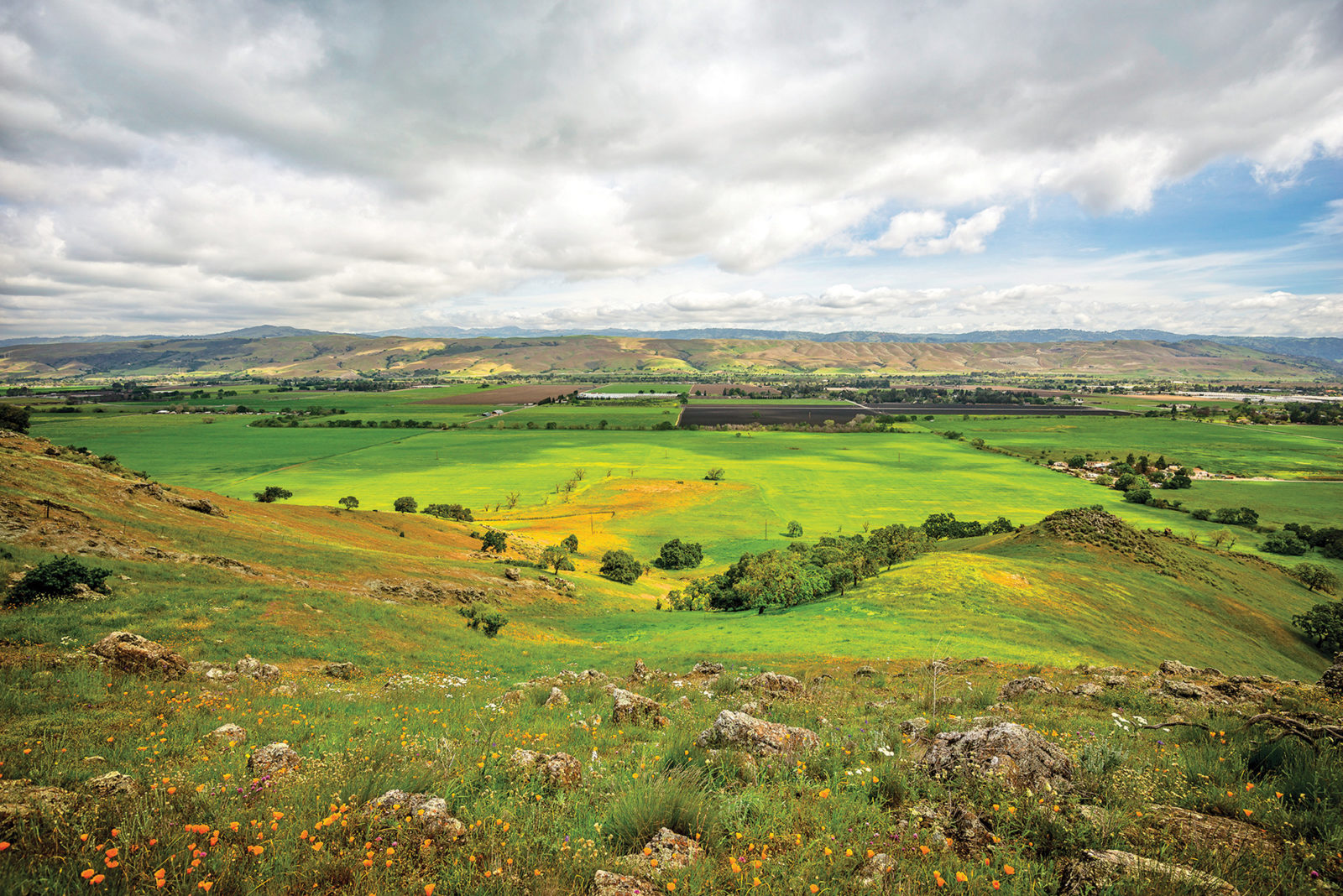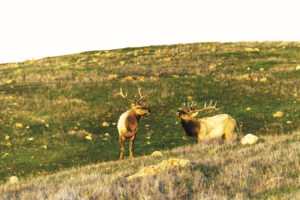It’s been about a year and a half since the devastating flooding in downtown San José which tragically displaced 14,000 residents and caused over $100 million in damage. Not a day goes by when I don’t think about what nature did to prevent that tragedy from being even worse, and what more it could do to protect San José from future flooding disasters exacerbated by climate change. Yes, I said nature. The natural floodplains upstream of urban San José – known as Coyote Valley – capture, hold, and slow stormwater flows from Fisher and Coyote creeks. And the hills surrounding Coyote Valley absorb significant amounts of water too, further recharging our groundwater basin and helping to reduce flooding downstream.
Nature provides us with a multitude of “services” like replenishing underground aquifers with water and naturally filtering it for safe drinking. It offers local farmers the space they need to grow our food, allows trees and other plants help clean our air and store carbon to help combat climate change, and provides a place for wildlife to roam.
Nature provides us with services similar to those provided by our traditional built infrastructure, like roads, sewers, and utility lines. But “natural infrastructure” – as it’s increasingly being referred to – is often overlooked or taken for granted. One only has to look back at the unprecedented flooding in Houston last winter to see how building upon floodplains exacerbated the damage from that horrific storm. When development happens on floodplains, it not only puts nearby structures, businesses, and lives in danger, it also makes the problem worse for those who are downstream, as runoff from pavement and other built surfaces is not absorbed and moves quickly into nearby rivers or creeks.
At the Santa Clara Valley Open Space Authority, we’ve been working closely with partners like the Santa Clara Valley Water District to look at ways Coyote Valley’s natural infrastructure can support and make our communities more resilient. Recently, the City of San José has demonstrated its recognition of nature’s importance, by incorporating into its Measure T – placed on the November ballot to provide for many kinds of needed infrastructure – funding specifically for land acquisition in Coyote Valley as a natural flood solution. This bold step is unprecedented in our state and, if the measure passes, would go a long way to help protect the very foundation of our local communities.
So next time you pass by an open field, a grassy hillside, a farm, or a forest, consider that these open spaces are working for you – for all of us – every minute of every day. It’s all infrastructure – natural infrastructure – doing its thing naturally, so you, your family, and your friends can live healthier, safer, more sustainable lives.





